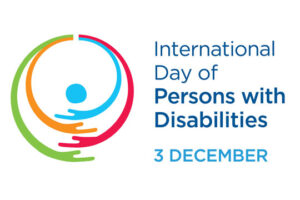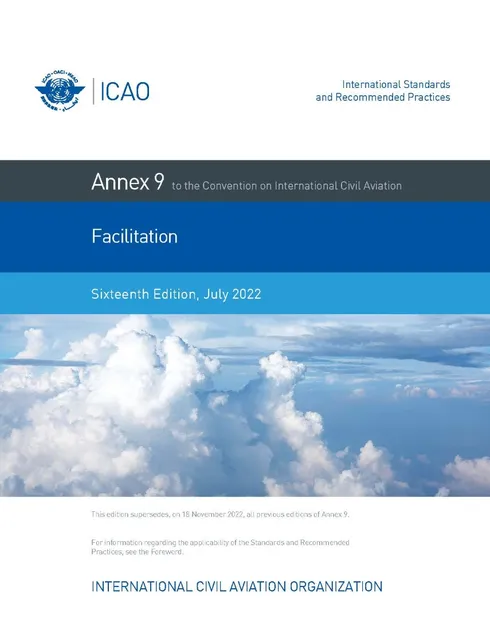Under the United Nations Convention on the Rights of Persons with Disabilities, persons with disabilities have the same international rights as other citizens, such as accessibility, and full and effective participation and inclusion in society, including freedom of movement and freedom of choice.
 In his message to the international community for this year’s year’s International Day of Persons with Disabilities, UN Secretary General António Guterres highlighted that “today, at the halfway point to the 2030 Agenda, persons with disabilities continue facing systemic discrimination and barriers that restrict their meaningful inclusion in all areas of society.” His statement concluded with a “call on the world to work side-by-side with persons with disabilities to design and deliver solutions based on equal rights in every country and community.”
In his message to the international community for this year’s year’s International Day of Persons with Disabilities, UN Secretary General António Guterres highlighted that “today, at the halfway point to the 2030 Agenda, persons with disabilities continue facing systemic discrimination and barriers that restrict their meaningful inclusion in all areas of society.” His statement concluded with a “call on the world to work side-by-side with persons with disabilities to design and deliver solutions based on equal rights in every country and community.”
This includes equal and dignified access to air transport. To support progress towards this goal, the ICAO Council has approved Standards concerning the air transport of passengers with disabilities. These become binding on ICAO’s 193 Member States, by virtue of their insertion into Annex 9 – Facilitation to the Convention on International Civil Aviation.
The standards oblige governments to ensure that persons with disabilities are provided with special assistance in order to ensure that they receive the same services customarily available to the general public when travelling, and that this assistance shall be provided in a manner that respects the dignity of the individual. Formerly, this was only a recommendation.
 Measures to ensure that hearing- and vision-impaired travelers are able to obtain flight service-related information in accessible formats are also obligatory under these standards. States must take steps to provide adequate parking for people with mobility needs, and designate points for the pick-up and drop-off of persons with disabilities at airport terminal buildings. These are to be located as close as possible to main entrances and exits, and to facilitate movement within the airport, access routes shall should be free of obstacles and be accessible.
Measures to ensure that hearing- and vision-impaired travelers are able to obtain flight service-related information in accessible formats are also obligatory under these standards. States must take steps to provide adequate parking for people with mobility needs, and designate points for the pick-up and drop-off of persons with disabilities at airport terminal buildings. These are to be located as close as possible to main entrances and exits, and to facilitate movement within the airport, access routes shall should be free of obstacles and be accessible.
Special attention has also been given to the issue of the lifting of passengers, specifically to stress that manual lifting should be avoided. Lifting systems and other appropriate devices should be made available in order to facilitate movement of persons with disabilities between the aircraft and the terminal, particularly when passenger boarding bridges are not being used. Passengers will be encouraged to provide advanced notice when these will be required.
While there have been many enhancements in the provision of accessible facilities and services to persons with disabilities in air transportation worldwide, much work remains to be done. ICAO will continue to carry out its own work to promote universal design, the provision of accessible information and the training of professionals and staff working with persons with disabilities. ICAO’s advocacy for renewed attention to these issues at the international level is also of key importance to accelerating regulators’ and operators’ progress on these priorities.
“I welcome all progress by standard-setting bodies, regulators, and stakeholders that enhances the safe travel of those most vulnerable when travelling by air,” remarked aviation accessibility consultant Christopher Wood, who has received an MBE for his own contributions in this area. “However, it is clear the most vulnerable still travel with a higher risk than many other passengers. More innovation and legislation need to be done to make the aircraft cabin and other air transport settings safer and more accessible.”
Note: This is an updated version of a previously published article.
About the author
William Raillant-Clark is ICAO’s Communications Officer. Prior to launching his career with the United Nations, he was an institutional science writer and advocate for major Canadian universities, with a focus on human wellbeing and development.

